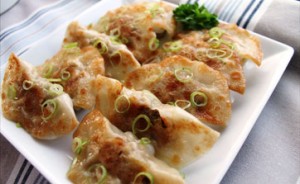
Spring is here and just in a little while summer is waiting around the corner.
Like most others, I need to boost my health with sun light and healthy food.
It looks like spring is here to stay with days filled with blue cloudless sky with warm rays of the sun.
Like my home, it’s time for a spring clean.
After a long winter, my body gets an extra boost of nourishing and healthy vitamins. There I always turn to Japanese cuisine.
Basically, Japanese cuisine is composed in a way that either detoxifies or nourishes the body. Japanese cuisine is divided in such a way that some restaurants make dishes that are adapted to a busy everyday life, while other restaurants offer dinners that can be enjoyed over several hours on the weekend.
Especially on busy weekdays, the body may need an extra loving boost.
That is why I have made a 14-day course where you can give the body renewed energy with quite a few raw materials.
It is a course that you will receive by email and download to your computer.
Read more about 14 day Okinawa miso soup – Super food
_
Zoë has lectured and held sushi courses for A. P. Moller – Maersk, Hugo Boss Nordic, Novo Nordisk, Novartis, Velux, Gorrissen Federspiel, Beierholm revision, Elbek & Vejrup and many more.


